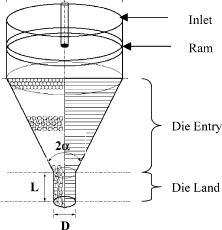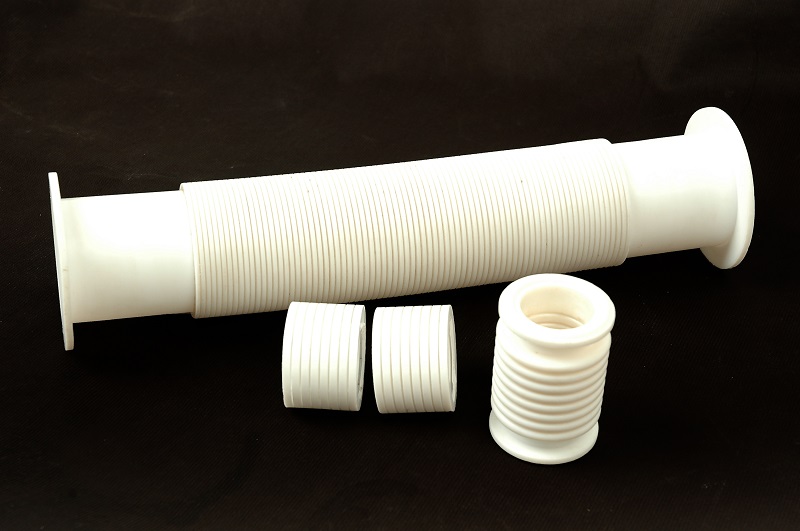We have earlier looked at Lubring and Rulon and explained how they are the result of branding exercises that were set in place at a time when the polymer space was more obscure. In both their cases, we find that even today, older drawings received from OEMs will specify the brand and grade to be used and it usually takes some convincing and possibly development and trials on the part of the OEM to shift to an alternative.
Both Lubring and Rulon, as we illustrated in earlier articles, are PTFE based materials. In some cases, specific pigments have been added to the material to enhance wear properties and offer a visual uniqueness to the grade that other processors might struggle to match. It should be mentioned that especially in the case of Lubring, the distinct turquoise pigment used brings certain synergies with the base PTFE material, causing the wear properties to increase significantly in comparison with other pigments. However, there is no restriction as to who can either procure, compound, or process these pigments with PTFE to ensure the same properties are met by other manufacturers.
What is IGLIDUR?
More recently, as we have ventured further down the path of precision machined components, we have had many OEMs asking us for IGLIDUR material. An initial glance through IGLIDUR’s properties told us that here too, a very significant branding push had been given to re-market generic polymer materials. We also realized that IGLIDUR materials – manufactured by IGUS in Germany – were priced at several multiples of the cost for a comparable grade bought locally.
While there may no doubt be certain base properties or processing techniques used in the manufacture of IGLIDUR that enhance the properties over a generic substitute, the sheer cost difference makes for a compelling case for OEMs to look beyond the brand and evaluate whether an alternative will suit the application.
Below, we list a few of the most common grades of IGLIDUR. Mapping four key properties, we are able to identify – with some certainty – the generic polymer base for the grade.
|
|
Colour |
Specific Gravity |
Max Service Temperature (°C) |
Tensile Strength (Mpa) |
Comparable Material |
|
Iglidur J |
Yellow |
1.49 |
120 |
73 |
POM / Acetal / Delrin |
|
Iglidur X |
Black |
1.44 |
250 |
170 |
Carbon PEEK |
|
Iglidur G |
Grey |
1.46 |
130 |
210 |
PA66 40GF |
|
Igludur P |
Black |
1.58 |
130 |
120 |
Carbon Filled POM/PA66 |
|
Igludur K |
Yellow/Beige |
1.52 |
170 |
80 |
PES/PESU |
For the most part, IGLIDUR grades appear to use either Nylons of Acetal for the base material. In one case – IGLIDUR X, the high service temperature gives away the fact that it must either be PEEK or Polyimide. Similarly, IGLIDUR K, has a high service temperature, but relatively low tensile properties. However, the yellow/beige colour suggests that Polyethersulfone might be the most possible base polymer for this grade.
It should be said that there may certainly be property enhancing additives used in these grades to improve overall performance. However, as mentioned above, any product today can be tested to uncover the true composition of the same. With the composition no longer a mystery, any premium paid would be unjustifiable.
Armed with this knowledge, an OEM can at least begin the process of identifying an alternative. In most of these cases, the grades are easily available from generic stock shape manufacturers. Hence, a proto batch of 20-30 components would be easily developed and can be put under testing without the need for expensive tooling or R&D costs.
Considering the above, there appears a lot of room for exploration for OEMs that are using expensive components because the brand is obscure. IGUS does not easily share the base material used in its products, which might leave many end-users thinking it would be safer to pay the premium and get the right part. However, with the information available today, there is no reason for an OEM to pay many multiples on the cost.






